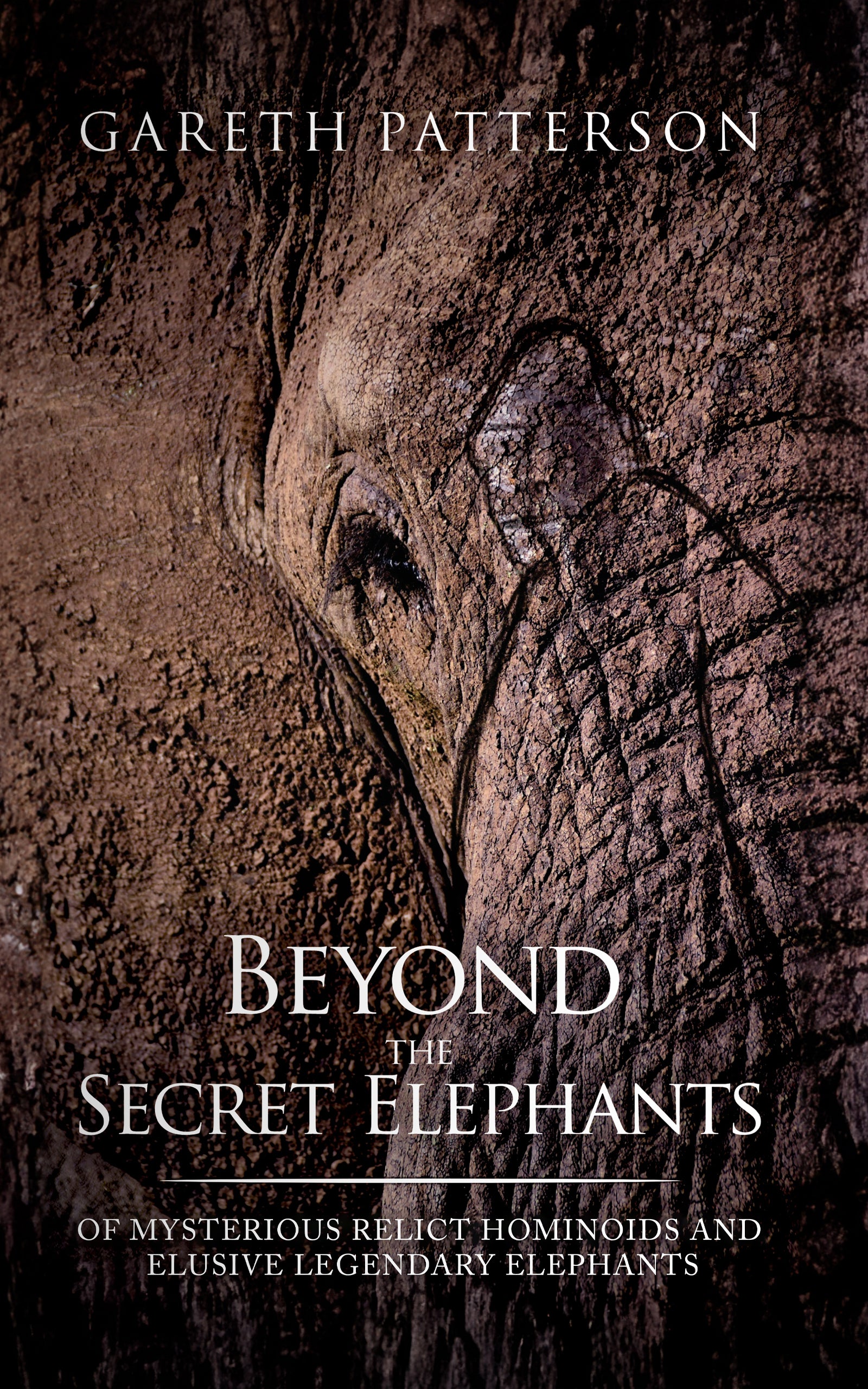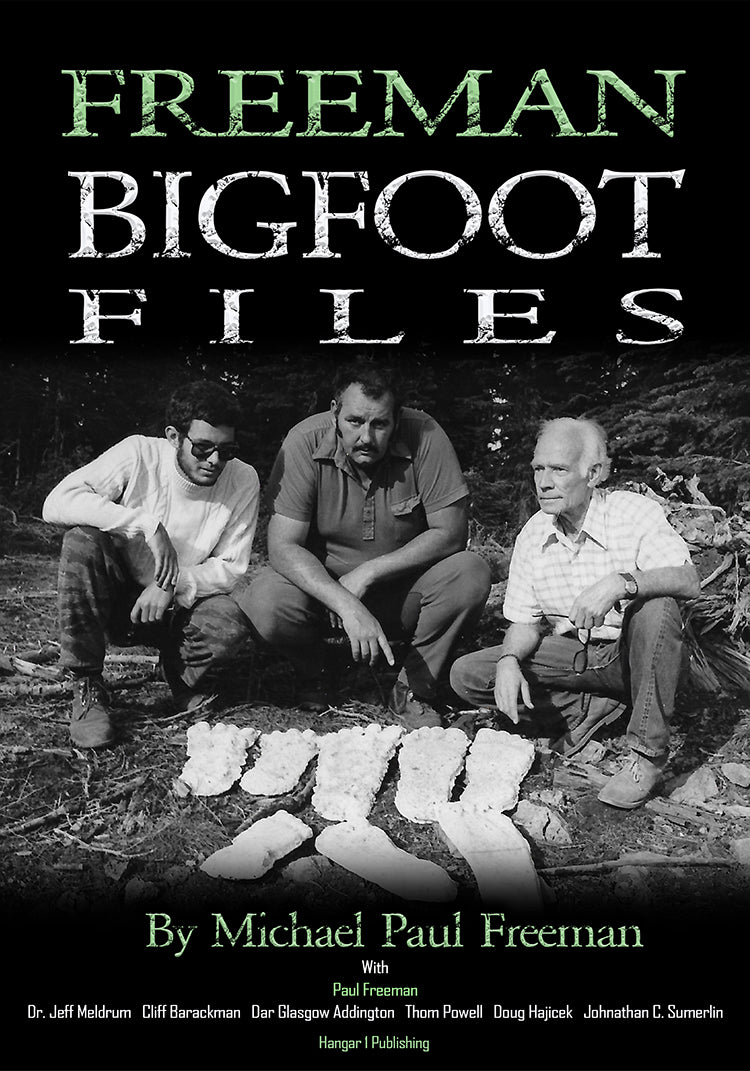Paracas Skulls: What Materials Science Reveals About the Evidence

By Amara Okafor, Ufologist
I've spent years analyzing unusual materials that defy conventional explanation. When colleagues mention isotopic ratios that don't match terrestrial sources or alloy compositions we can't replicate, my pulse quickens. So when the Paracas skulls entered the conversation, I couldn't resist. Here were physical specimens with dramatic morphology, persistent claims of anomalous DNA, and a devoted following convinced they represent something beyond human. As someone who examines materials for a living, I needed to see what the actual evidence shows.
What I found surprised me, though not in the way you might expect.
The Specimens That Started a Thousand Theories
The Paracas culture thrived on Peru's southern coast between roughly 800 BCE and 100 BCE. They were sophisticated engineers who mastered irrigation in one of Earth's driest deserts, created textiles so fine they're considered masterpieces, and developed elaborate mortuary practices that preserved their dead remarkably well. When archaeologist Julio C. Tello excavated the Paracas Necropolis starting in 1925, he unearthed over 400 mummy bundles, many containing skulls with extreme elongation.
These aren't subtle modifications. We're talking about dramatic reshaping that makes the cranium appear substantially different from typical human morphology. The practice, known as intentional cranial modification, involves applying constant pressure to an infant's skull using boards, cloth wrappings, and bindings. The result? Heads that can appear strikingly non-human at first glance.
But appearance and reality don't always align, especially when you're looking at specimens that are over 2,000 years old.
The DNA Claims That Keep Circulating
Let's address the elephant in the room. In 2014, Brien Foerster, who works with the Paracas History Museum, announced preliminary DNA results suggesting the skulls contained "mutations unknown in any human, primate, or animal known so far." The story went viral. Ancient Aliens featured it. The claims evolved to include European and Middle Eastern haplogroups appearing in pre-Columbian Peru.
As someone who's dealt with material contamination issues in my own lab work, my first question was: where's the peer-reviewed publication?
Here's what I found: there isn't one. Not a single peer-reviewed ancient DNA study validates these claims. The initial report came from an unnamed geneticist in Texas, communicated through intermediaries. No methodology was published. No raw data deposited in public databases like GenBank. No independent verification.
The only peer-reviewed genetic analysis I could find? A 2022 study using forensic STR analysis on Paracas mummy tissue found DNA profiles "consistent with modern human populations" with no foreign or unusual patterns. The researchers explicitly stated this contradicts the non-human claims.
What about those European haplogroups? That's almost certainly contamination. Anyone who's worked with ancient DNA knows it's extraordinarily vulnerable to contamination from handling, excavation tools, and museum storage. The gold standard protocol requires sequencing all handlers' DNA to rule out contamination. That wasn't done here.
Peru's Ministry of Culture did issue permit RVM N°027-2017-VMPCIC in 2017, authorizing export of 30 samples for an archaeogenetic project. But those results? Still unpublished years later.
The "Bigger Brain" Claim Falls Apart Under Measurement
One of the most repeated claims is that Paracas skulls have cranial capacities up to 25% larger than typical humans, with some supposedly reaching 2,390 cm³ compared to the human average of around 1,450 cm³. As someone who's measured material volumes precisely for a living, this immediately raised red flags.
Here's the problem: those measurements used rice to estimate volume by filling the skull and weighing it. That's about as precise as using a bathroom scale to weigh molecules. The same evaluation that produced the 2,390 cm³ outlier also recorded one skull at 929 cm³, well below human average. That kind of variance screams methodological problems.
The biological reality is straightforward: intentional cranial modification reshapes the skull but doesn't change its volume. The infant brain grows at a genetically determined rate. Head-binding redirects that growth into a different shape, but the total volume remains within normal human parameters. A fact-check evaluation by experts explicitly stated the "cranial volume is within normal parameters."
When you see dramatic elongation, you're looking at the same volume distributed differently, like squeezing a balloon. The skull gets longer and narrower, but the internal space? That stays human-sized.
Foramen Magnum Position: Anatomy Meets Biomechanics
Another claim that gets repeated is that the foramen magnum (the opening where the spinal cord enters the skull) is positioned farther to the rear than normal human anatomy allows, supposedly proving head-binding couldn't produce this effect.
As someone who's studied how materials respond to sustained pressure, I can tell you this claim ignores basic biomechanics. The infant skull isn't a solid block. It's a collection of separate plates connected by fibrous joints called sutures, with cartilage growth centers at the base. Research shows that external forces on the cranial vault during development absolutely can cause secondary changes to the cranial base, including the position of the foramen magnum.
Studies of craniosynostosis (premature suture fusion) and modern helmet therapy for skull deformation demonstrate that external pressures alter cranial base angles. Finite Element Analysis models confirm that forces applied to the vault induce stress throughout the entire cranium, including the base.
But here's the catch: there are no published craniometric studies that systematically measure foramen magnum position in a large Paracas sample and compare it to appropriate controls. The claims rest on visual assessment of a few specimens. Without rigorous measurement using modern imaging and statistical analysis, we're looking at anecdotes, not data.
How Head-Binding Actually Works: A Materials Perspective
Understanding the biomechanics here helps demystify the results. The infant skull is remarkably plastic. The primary force shaping it is the brain's rapid growth during the first two years of life. This growth exerts constant, gentle pressure on the sutures, signaling them to deposit new bone at their edges.
Head-binding devices apply compressive force to specific areas, restricting growth in those directions. The brain's expansion pressure doesn't stop. It just gets redirected. The skull compensates by growing more in unrestricted directions, producing elongation. Think of it like redirecting water flow: you're not changing the volume, just the path it takes.
The synchondroses in the cranial base, particularly the spheno-occipital synchondrosis that remains open into adolescence, are active growth centers that respond to altered mechanical loads. This provides a clear mechanism for how vault deformation could influence base morphology, including foramen magnum position.
Finite Element Analysis models of infant skulls subjected to external pressure confirm that forces applied to the vault induce measurable stress and strain throughout the cranium, including the base. The skull is an integrated system, not independent parts.
What Systematic Bioarchaeological Analysis Actually Shows
Here's where the peer-reviewed science gets really interesting. A systematic study of 159 individuals from Cerro Colorado, the key Paracas site, found that 98% showed clear signs of intentional cranial modification. Two primary forms appeared: Tabular Erect and Bilobate, both consistent with known head-shaping techniques.
The distribution pattern revealed something fascinating: skull shape correlated with sex, not social status. The Bilobate style appeared in 34% of females but only 19% of males. Conversely, the Tabular Erect style showed no gender preference. When researchers looked for correlations between skull type and grave goods (indicators of social status), they found none.
This tells us head-shaping was about identity and possibly gender expression within their cosmological framework, not hierarchy. It was deeply embedded cultural practice, not a marker of extraterrestrial heritage.
The Isotopic Evidence: They Were Local
Isotope analysis provides a chemical fingerprint of diet and geographic origin. A 2015 study by Knudson et al. analyzed hair samples from 14 individuals from the Paracas Necropolis, finding carbon and nitrogen values pointing to a mixed diet of C3 and C4 plants with significant marine protein. Sequential analysis of hair strands showed consistent coastal diet with no evidence of recent migration from the highlands.
Data from the nearby site of Cerro del Gentil showed strontium values consistent with the south coast region. There's no isotopic evidence suggesting the elongated skull population came from somewhere distant or non-local.
They ate like coastal Peruvians. They lived where coastal Peruvians lived. Their bones contain the chemical signatures of a terrestrial diet from that specific region.
Dating and Cultural Context
Radiocarbon dating firmly places these remains in a specific, well-documented pre-Columbian period. A 2007 study established chronology for Paracas and Nasca cultures based on over 100 radiocarbon dates. Bayesian modeling places the Wari Kayan cemetery use at 360–190 BCE and 120–300 CE.
The Paracas Cavernas period at Cerro Colorado, which predates the Necropolis, yielded an AMS date of 382–154 cal BC after correcting for marine reservoir effects.
These dates contradict any narrative requiring impossibly ancient or unknown origins. The Paracas were real people with documented cultural practices, stunning artistic achievements in textile production, and sophisticated mortuary rituals. Their intricate embroidered textiles showing shamanic figures and complex deities are considered among the finest in the ancient world.
The Ethical Framework for Legitimate Research
Any credible research on Paracas remains must follow strict legal and ethical protocols. Peru's Ley General del Patrimonio Cultural de la Nación and the Reglamento de Intervenciones Arqueológicas govern all archaeological work and sampling.
Researchers need official permits for excavation or analysis. Destructive sampling for DNA or isotopes requires high-level authorization, like the 2017 permit for the archaeogenetic project. Unauthorized sampling and export are illegal.
Claims based on samples from private collections of dubious provenance, without official permits and transparent chain of custody, fail to meet basic scientific and ethical standards. Modern guidelines like the CARE Principles for Indigenous Data Governance emphasize collaboration with descendant communities and local authorities.
Global Context: Head-Shaping Was Widespread
Intentional cranial modification wasn't unique to Paracas. It was a global phenomenon practiced across the Americas, Eurasia, and Oceania for thousands of years. The Maya used head-shaping to signify identity and status. Early European evidence exists from multiple sites. Proto-Neolithic and Neolithic Near East sites show the practice.
Different cultures developed distinct styles: annular (circumferential wrapping), tabular erect (front-to-back boards), and tabular oblique (angled boards). 3D geometric morphometrics can objectively distinguish these types with high accuracy.
The practice was widespread in pre-Columbian Mesoamerica and beyond, serving various cultural functions related to identity, cosmology, and social belonging.
Verification Challenges and Authentication
Working with specimens from early 20th-century excavations presents challenges. Decades of handling, early conservation methods, and looting can introduce confounding factors. Any rigorous future study needs to address:
- Composite reconstruction: Some skulls were assembled from fragments. High-resolution CT scans can detect glue lines or density differences indicating multiple individuals.
- Post-excavation treatments: Early preservatives like shellac or modern consolidants can contaminate radiocarbon and DNA samples.
- Provenance verification: Cross-referencing museum records with Tello's original field notes archived at MNAAHP is critical.
- DNA contamination control: Sampling from the petrous bone using sterile single-use tools, sequencing all handlers' DNA, and analyzing damage patterns characteristic of ancient DNA are non-negotiable.
Without these controls, results are scientifically meaningless.
What Modern Technology Could Reveal
The gap in our knowledge isn't due to impossibility. It's due to lack of comprehensive, properly controlled studies using modern methods. A systematic research program would include:
- High-resolution CT scanning of 30-50 well-provenanced specimens to create 3D models for morphometric analysis
- 3D geometric morphometrics to objectively compare Paracas shapes against global human populations, other ICM groups, and pathological specimens
- Multi-isotope analysis (strontium, oxygen, carbon, nitrogen) to reconstruct mobility and diet
- Deep whole-genome sequencing from petrous bone samples with full contamination controls
- Direct AMS radiocarbon dating on each individual for precise chronological anchoring
This integrated approach, conducted transparently in collaboration with Peruvian authorities and following established ethical guidelines, would generate definitive data.
Sutures and Wormian Bones: Stress Indicators
Some claims focus on cranial sutures, particularly assertions that some skulls completely lack a sagittal suture. This is likely misidenterpretation of craniosynostosis (premature suture fusion), which can be influenced by ICM's mechanical forces.
A detailed osteological evaluation of a Paracas infant skull noted the sagittal suture was "of expected configuration and non-fused." There's no peer-reviewed evidence of widespread, genetically-driven absence of this suture.
Many Paracas skulls do show high frequencies of Wormian bones (extra bone pieces within sutures). Rather than anomalies, these are well-documented epigenetic responses to cranial stress. Studies show Wormian bone incidence increases in skulls with ICM. One study found 50% of Paracas Wormian bones were in the lambdoid suture, predictable for the forces applied during head-shaping.
What a Materials Scientist Sees
When I look at the Paracas skulls through my professional lens, I see remarkable examples of developmental plasticity and material remodeling under sustained stress. The bone itself tells a story of how living tissue responds to external forces.
A 2022 study using Raman spectroscopy on Paracas mummy hair and tissue found characteristics consistent with human samples. The material composition shows no anomalies. Paleoradiological studies of other deformed crania confirm that while shape changes dramatically, the fundamental three-layered structure of cranial bone (outer table, diploë, inner table) remains intact.
The mechanical stress of head-binding induces remodeling, but it doesn't create new tissue types or alter basic material properties. What we're seeing is human bone behaving exactly as human bone should when subjected to prolonged, directional pressure during development.
If these were truly non-human specimens or the result of unknown genetics, we'd expect to see differences in bone microstructure, mineral composition, collagen organization, or other material properties. We don't. The material analysis confirms they're human remains that underwent documented cultural modification.
The Research Timeline Tells Its Own Story
Looking at when claims emerged versus when actual science was published reveals a pattern. Tello's excavations in 1925-1928 established the archaeological foundation. His posthumous work published in 1959 provided the first comprehensive record.
Modern scientific analysis didn't begin until the 2000s-2010s with AMS radiocarbon dating and isotopic studies. The first "anomalous DNA" claims appeared in 2014, in a relative vacuum of published genetic data. The first peer-reviewed genetic analysis didn't arrive until 2022, and it found completely normal human DNA.
The gap between popular claims and scientific publication created space for speculation to flourish unchecked.
The Bottom Line
I went into this investigation hoping to find something unusual, something that might challenge our understanding of ancient peoples or even hint at contact with unknown groups. What I found instead was a textbook example of how extraordinary claims can persist in the absence of rigorous, peer-reviewed evidence.
The Paracas skulls are extraordinary, but not because they're non-human. They're extraordinary because they represent a sophisticated cultural practice that transformed human morphology in dramatic ways. The systematic bioarchaeological evidence shows 98% of the population practiced intentional cranial modification. The only peer-reviewed genetic study found human DNA. The isotopic signatures indicate local coastal diet and residence. The dating places them firmly in a well-documented pre-Columbian period.
The claims of alien DNA, impossible anatomy, and super-sized brains all collapse under scrutiny. They're based on unverified preliminary results, imprecise field measurements, and a fundamental misunderstanding of developmental biomechanics.
Does this mean there's nothing left to discover? Not at all. A comprehensive study using modern techniques, conducted with proper ethical oversight and official permits, could teach us volumes about Paracas diet, health, population structure, and cultural practices. We could learn how these modifications affected quality of life, whether they correlated with specific ritual roles, and how the practice evolved over time.
But those are questions about human culture and biology, not alien contact. The Paracas people were innovative engineers who shaped their own bodies as deliberately as they shaped their desert environment. That's the real story here, and it's fascinating enough without invoking extraterrestrials.
As someone who examines unusual materials for a living, I can tell you: when you find something genuinely anomalous, the material properties reveal it immediately. These skulls, for all their dramatic appearance, show standard human bone responding to external forces exactly as we'd predict from biomechanics. They're remarkable specimens of human cultural achievement, not evidence of something beyond our world.
The truth, as it turns out, is both more mundane and more interesting than the myth.
From Bigfoot to UFOs: Hangar 1 Publishing Has You Covered!
Explore Untold Stories: Venture into the world of UFOs, cryptids, Bigfoot, and beyond. Every story is a journey into the extraordinary.
Immersive Book Technology: Experience real videos, sights, and sounds within our books. Its not just reading; its an adventure.


























